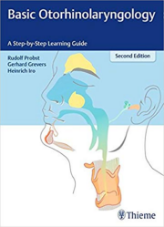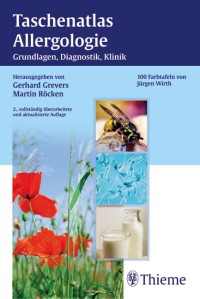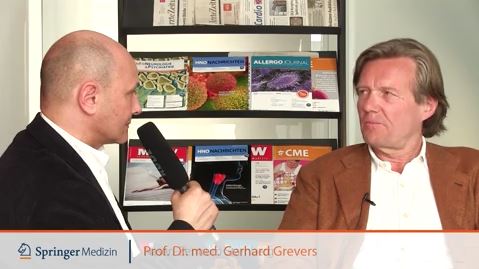Therapeutic Approach to Snoring
Sleep-related breathing problems include snoring and obstructive sleep apnea (periods of apnea [failure to breath] of varying frequency and duration occur during sleep) can have serious medical and social consequences. About one-third of adults snore, but only 4% of men and 2% of women suffer from obstructive sleep apnea. Children can also have problems, often because of enlarged tonsils or adenoids. Symptoms typically include severe daytime drowsiness because of reduced sleep at night, fatigue, lack of concentration and in children, disturbances in development.
Since patients themselves cannot tell if they have harmless snoring or the far more serious sleep apnea, a precise diagnostic approach and expert counseling are required for appropriate treatment. Sleep medicine has made great progress in both diagnosis and therapy of sleep disturbances. Nonetheless, because snoring is so common, the lay press is full of dubious recommendations and many only quasi-medical devices and plans are available for treatment. Most of these products not only benefit primarily the manufacturer and seller, but also serve to delay the institution of appropriate therapy for the patient.
We have been involved in various aspects of sleep medicine for over 15 years. Our goals are to make an exact diagnosis with screening and sleep laboratory evaluation and then advise you on legitimate therapeutic approaches which have the greatest likelihood of benefitting you.
These included weight reduction, medical and surgical measures, prostheses to alter airway patency and nasal continuous positive airway pressure breathing systems. For some patients, primarily these who are categorized as “habitual snorers” without apnea, surgical procedures can bring benefits. Laser or radio frequency re-modeling of the tonsils, soft palate and uvula, as well as corrective procedures for the turbinates and septum to ease nasal breathing, is the best alternative to free such patients from their symptoms. Depending on the patient’s symptoms and findings, each operation is carefully individualized. Sometimes a “multi-level” approach is needed to address all the factors interfering with adequate breathing during sleep.












